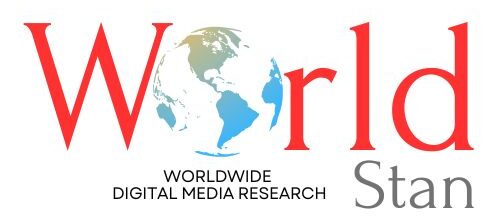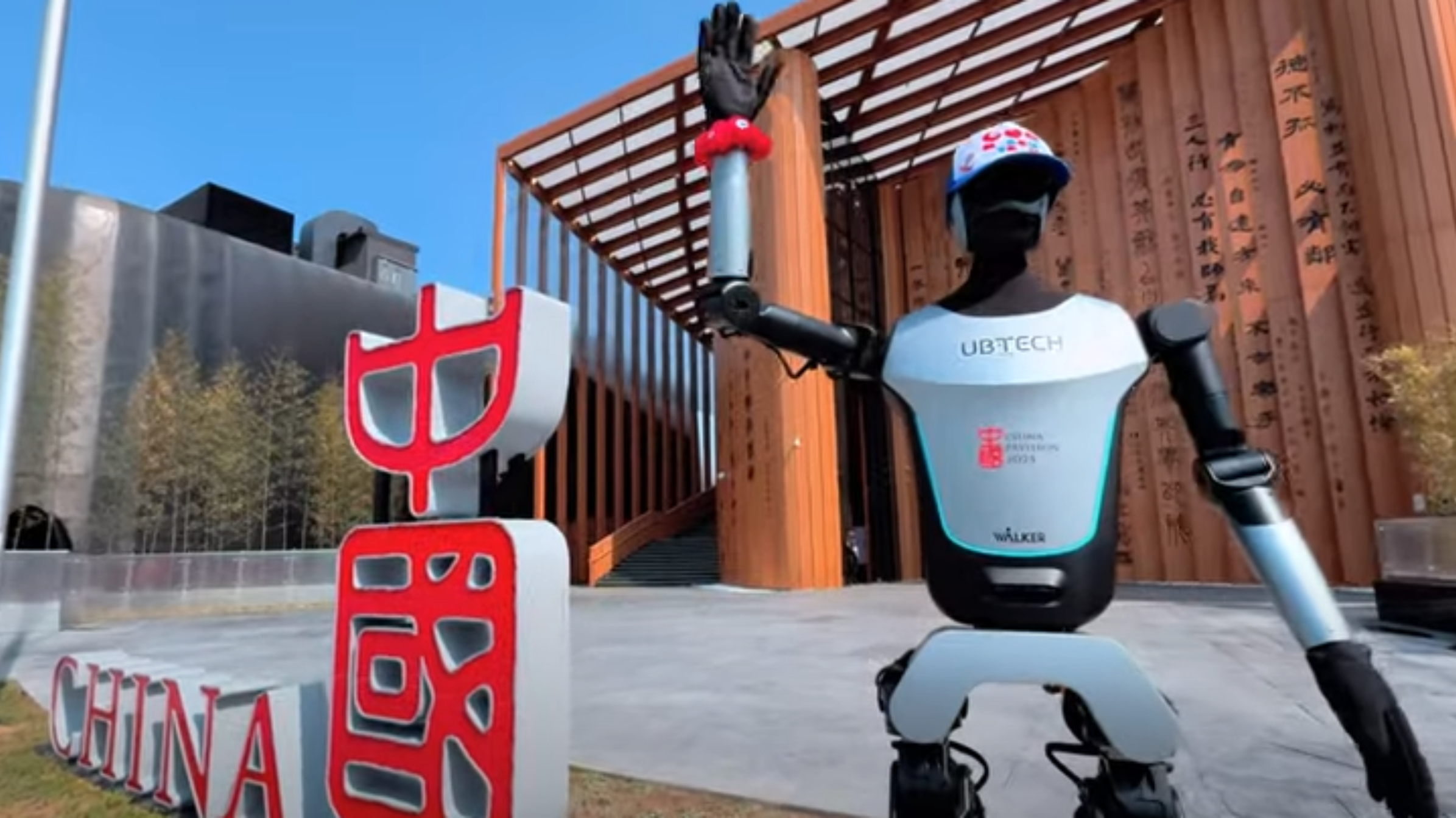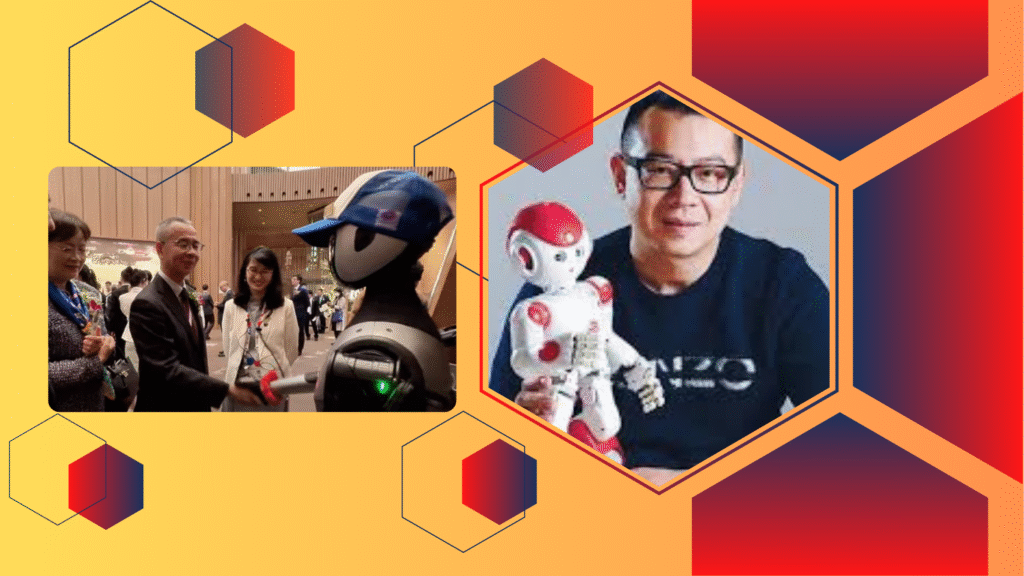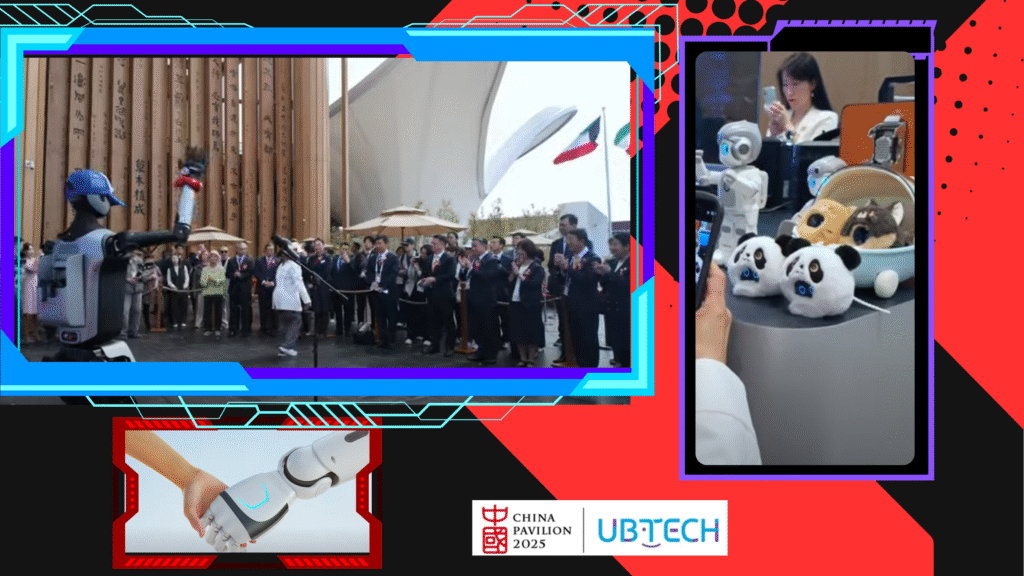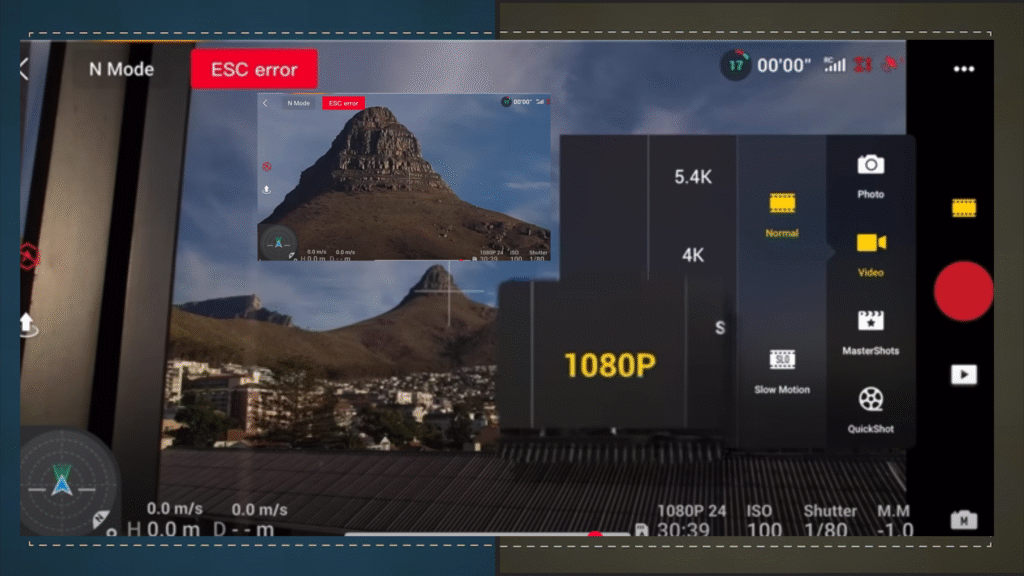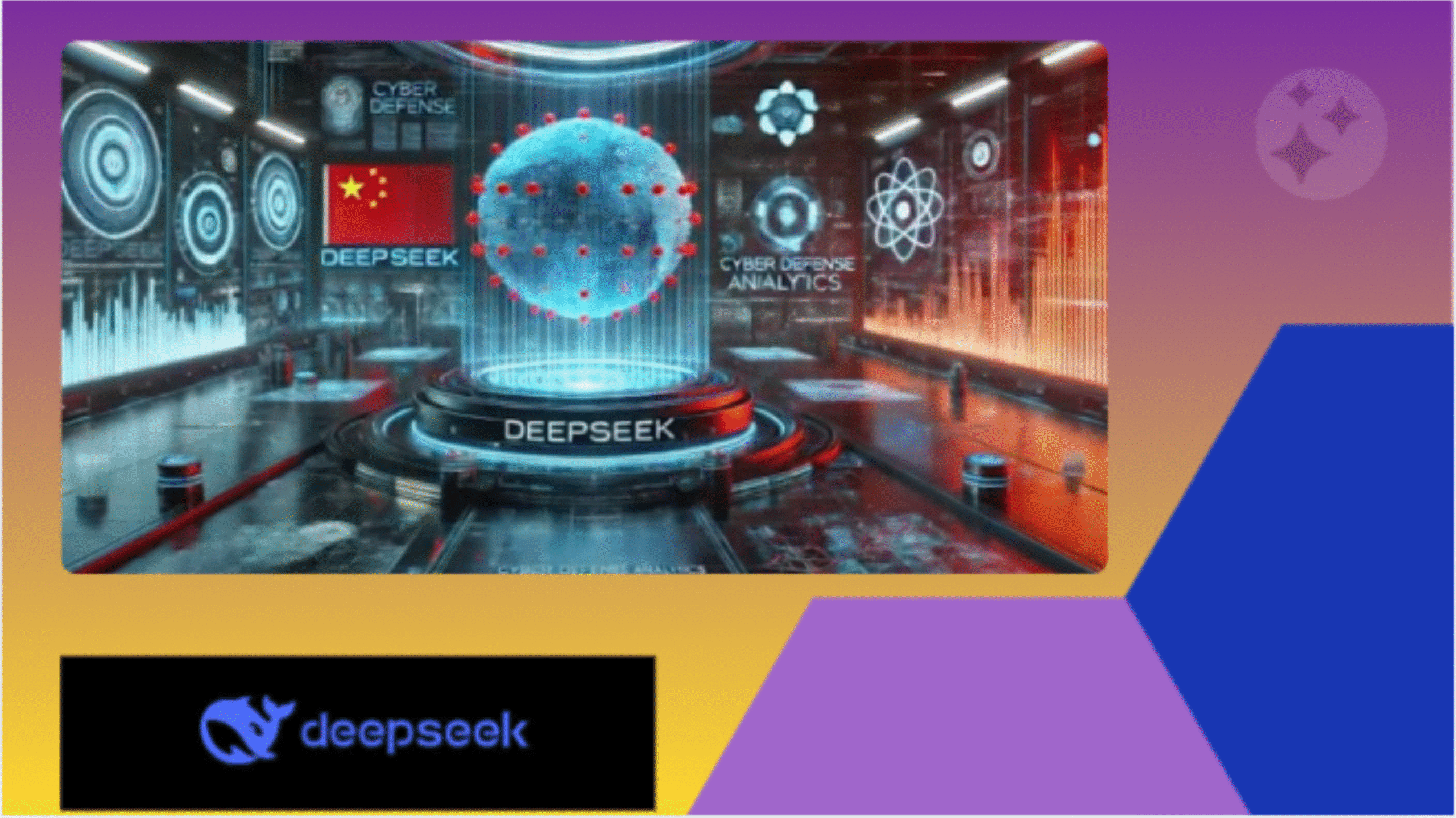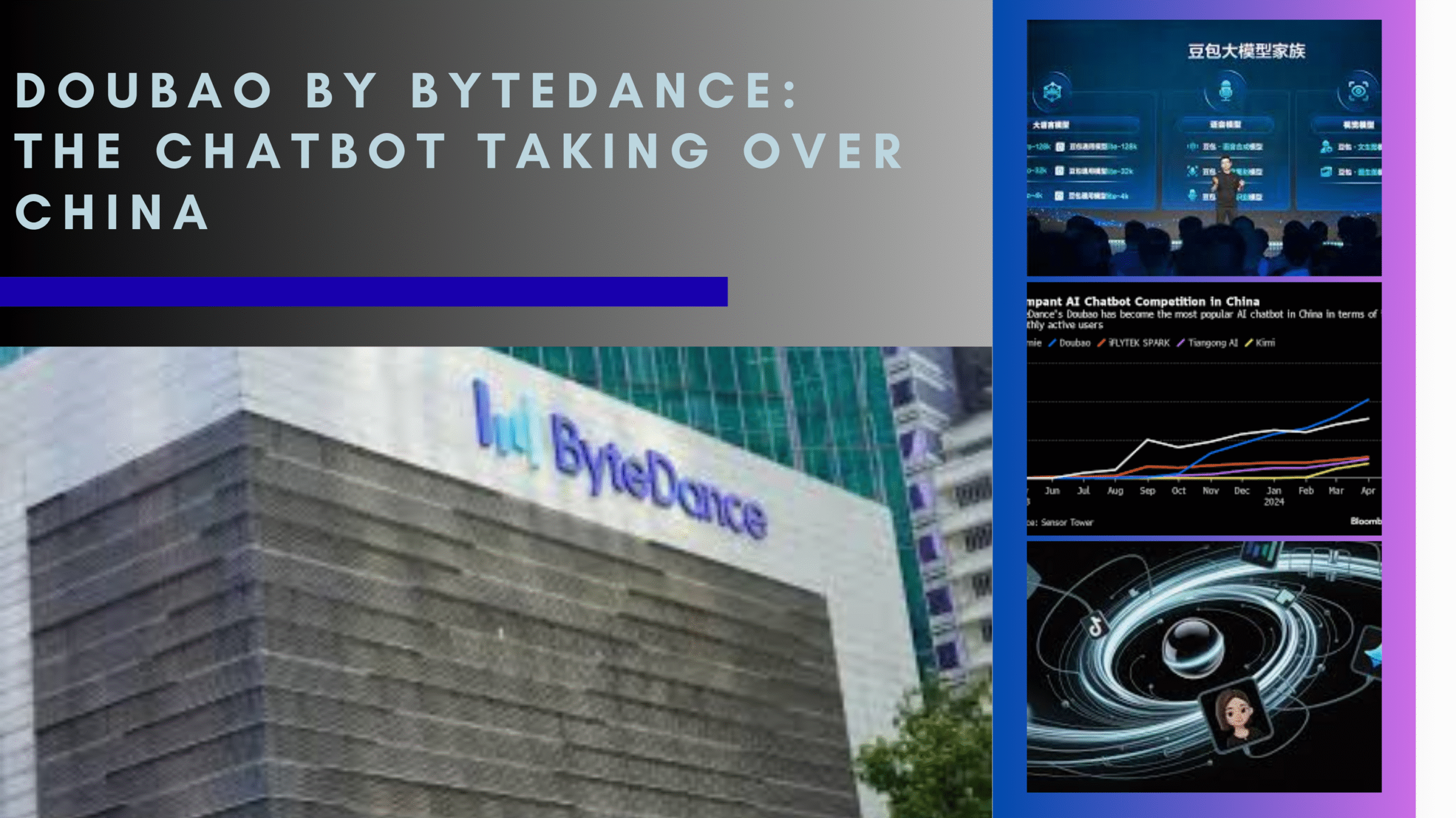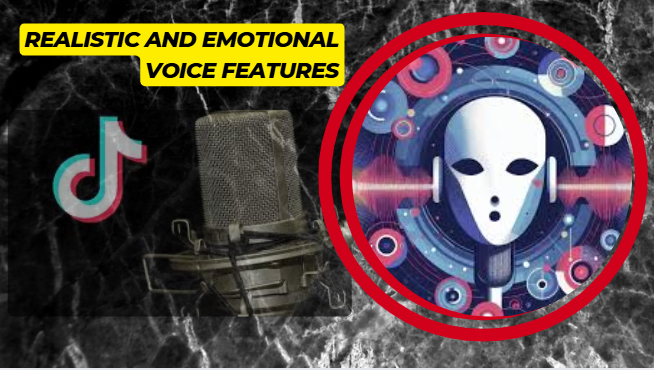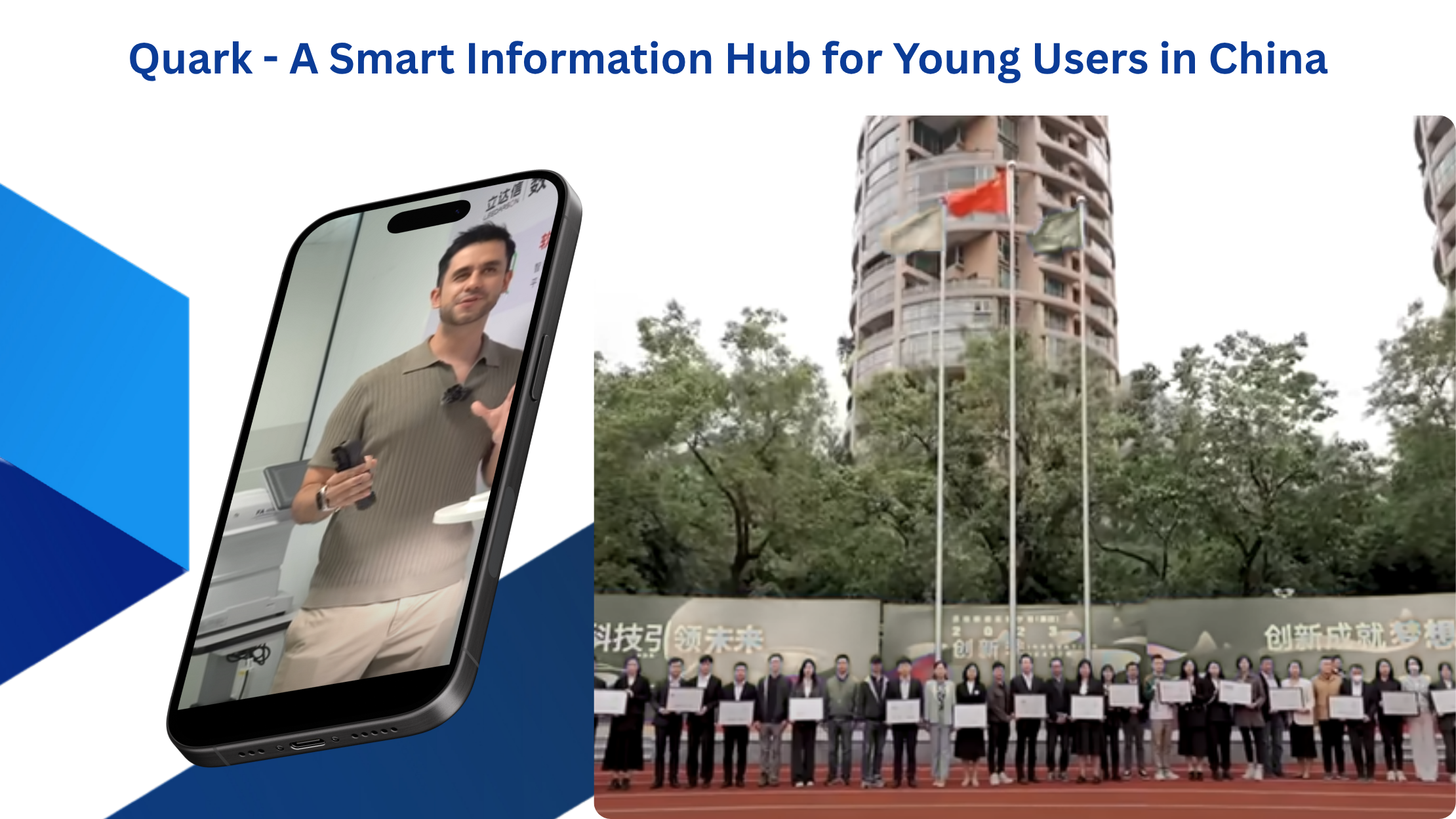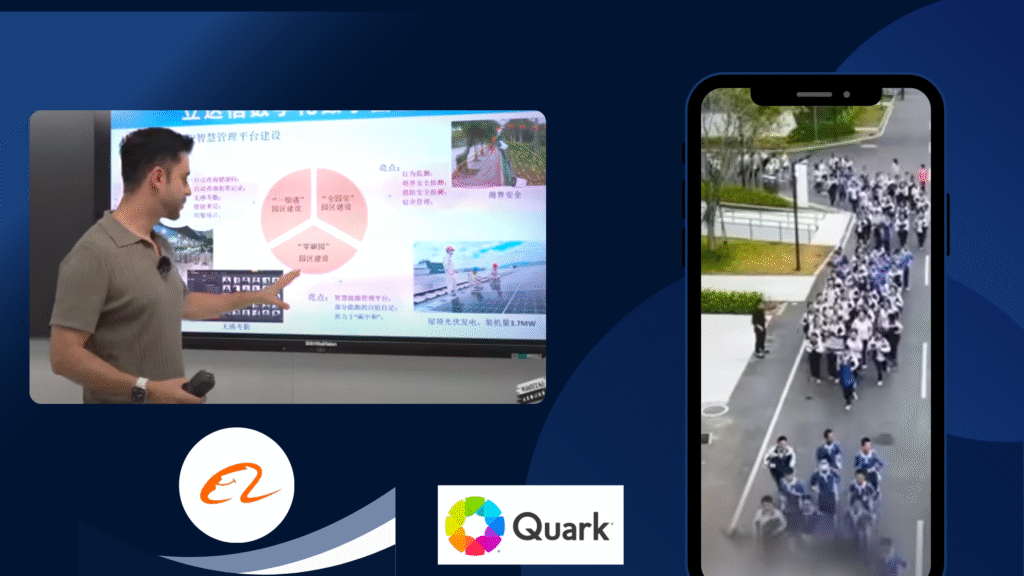Introduction: A Rising Power in AI Vision Technology – SenseTime (商湯)
SenseTime (商湯) has emerged as one of the most influential players in artificial intelligence, particularly in the field of computer vision. Known globally for breakthroughs in facial recognition, deep learning, and AI research, SenseTime (sometimes written as sense time) has quickly become a cornerstone of China’s rapidly evolving AI landscape. Its technologies are integral to both public infrastructure and private enterprise, spanning surveillance, telecom, retail, finance, and beyond. Investors also closely follow SenseTime stock (0020 HK), which reflects its growing global importance.

Academic Origins and Founding Vision of SenseTime (商湯)
SenseTime was born out of an elite research group at the Chinese University of Hong Kong. A team of academics explored the possibilities of deep learning and image recognition, laying the foundation of SenseTime’s research excellence. Their models often outperformed those from global tech giants like Google and Facebook in computer vision benchmarks. That success transformed a university research initiative into SenseTime (商湯), a commercially powerful enterprise.
This academic-to-commercial transition is key to understanding why SenseTime stock (0020 HK) attracts investors interested in AI-driven growth and long-term innovation.

Expanding Reach: From Surveillance to Telecom – SenseTime’s Impact
Fueled by significant venture capital and growing demand, SenseTime (商湯) rapidly scaled its operations and client base. Its advanced facial recognition software is now adopted nationwide in China, powering one of the world’s largest surveillance networks with over 170 million cameras.
Telecom giant China Mobile has also partnered with SenseTime to monitor activities across its 300 million users, showing how sense time AI solutions extend beyond security. Today, SenseTime serves banks, correctional facilities, airports, police forces, and retailers, positioning itself as a leader in AI vision technology.
For investors, SenseTime stock (0020 HK) represents more than a financial instrument—it reflects the expansion of AI into every sector of the economy.
Future Ambitions: Driving Into New Domains with SenseTime (商湯)
SenseTime is not resting on its laurels. With a foundation built on AI research and innovation, the company is now targeting new domains such as autonomous driving, smart cities, and augmented reality. These sectors hold massive potential, ensuring that SenseTime stock remains in focus for global investors.
The company’s research in machine learning and computer vision is positioning SenseTime (商湯) as a long-term leader in AI-driven industries. With its listing under 0020 HK, SenseTime continues to attract attention from analysts and research institutions worldwide.
Conclusion: SenseTime (商湯) Pioneering the Future of Intelligent Vision
From its humble beginnings as an academic project to becoming a global AI powerhouse, SenseTime (商湯) exemplifies how research can evolve into transformative real-world applications. Its deep learning and facial recognition technologies are now shaping public security, telecom networks, and retail systems.
What sets SenseTime apart is its commitment to innovation across industries, supported by strategic research investments and partnerships. Whether it’s nationwide surveillance, telecom, or autonomous vehicles, SenseTime stock (0020 HK) reflects a company that is not just adapting to technological change but creating it.
In a world where smart systems and machine perception drive growth, SenseTime (商湯) continues to blend cutting-edge research with commercial success. By leading in computer vision and applied AI, SenseTime is not only advancing technology but also redefining how humanity connects with the digital future.
FAQ's:
1. What is SenseTime known for?
SenseTime is known for its cutting-edge work in computer vision, especially in facial recognition and deep learning technologies.
2. Where did SenseTime originate?
SenseTime began as a research project at the Chinese University of Hong Kong led by academic experts in AI and image recognition.
3. How did SenseTime gain early recognition?
The company’s AI models outperformed those from global tech leaders in international benchmarks, attracting significant attention.
4. What industries use SenseTime’s technology?
SenseTime’s solutions are used in security, telecommunications, retail, banking, transportation, and law enforcement.
5. How is SenseTime involved in public surveillance?
Its facial recognition software is integrated into a vast network of over 170 million surveillance cameras across China.
6. Is SenseTime working with any major telecom companies?
Yes, China Mobile collaborates with SenseTime to monitor user activity across its 300 million+ customer base.
7. What drives SenseTime’s rapid growth?
Substantial venture capital funding and strong demand for AI-driven solutions have accelerated its expansion.
8. What are SenseTime’s future focus areas?
The company is exploring autonomous vehicles and augmented reality as part of its next phase of innovation.
9. How is SenseTime different from other AI companies?
Its foundation in academic research and dominance in applied computer vision set it apart from many commercial AI firms.
10. Why is SenseTime important to China’s AI strategy?
SenseTime plays a key role in advancing China’s AI infrastructure, contributing to both public and private sector advancements.

Prof. Mian Waqar Ahmad
Prof. Mian Waqar Ahmad, a dynamic force straddling the realms of academia and digital media. As a distinguished Lecturer in Information Sciences, he imparts knowledge within the academic sphere, igniting the minds of his students. Beyond the classroom, Prof. Mian Waqar Ahmad dons the hat of a seasoned blogger on Worldstan.com, where his insightful posts delve into the intricacies of information sciences. His digital footprint extends even further as a YouTuber, leveraging the platform to share his expertise and make complex concepts accessible to a global audience. Prof. Mian Waqar Ahmad’s journey embodies the fusion of traditional education and contemporary digital outreach, leaving an indelible mark on the evolving landscape of information sciences. Explore his world at Worldstan.com and witness the convergence of academia and the digital frontier.
